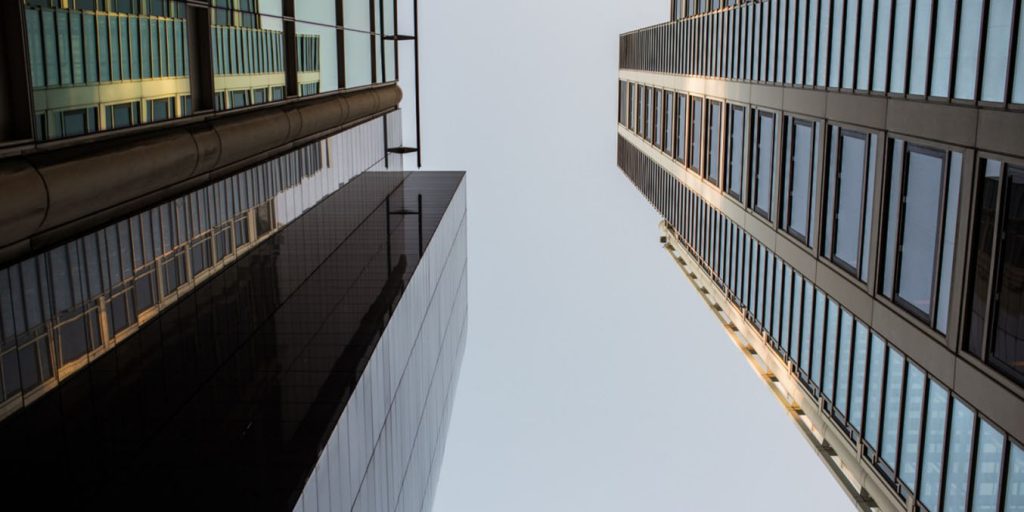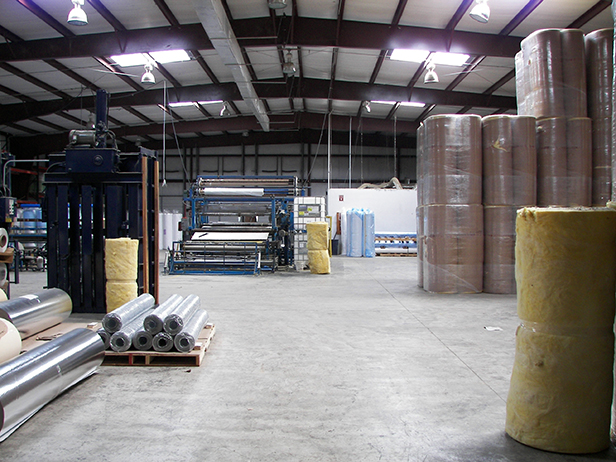Summer in the city usually means it’s hot – hotter than surrounding areas. Those who have investigated this phenomenon have identified the presence of “urban heat islands” – places that heat up disproportionately to those nearby.
One reason for this is the predominance of dark asphalt pavement and dark-colored roofing. The significance is that dark surfaces are known to absorb sunlight and re-radiate it back as heat. That’s how thermal solar panels work, but it is also dramatically apparent when walking across a black asphalt parking lot in the summer sun. The heat is coming not only from the sun above, but from the pavement below.
If nearby buildings have dark-colored roofs, the same is happening there. Studies have shown that this re-radiated heat can build up in urban areas and raise the surrounding air temperature by up to 5 degrees Fahrenheit on average. So while it might be a tolerable 85 degrees and pleasant a few miles away, the urban core could be sweltering in a self-induced 90 degrees – even higher on those dark roofs and parking lots.
Measuring Solar Heat
How do we know what materials help or hinder these urban heat islands? First, all materials will absorb and reflect varying amounts of solar radiation based primarily on the color and reflectance of a material. The way to measure that variation is based on ASTM test standards E903 and C1549. These tests are used to determine the solar reflectance (SR) of materials, which is expressed as the fraction of solar energy that is reflected on a scale of 0 to 1. Black paint, for example, has an SR of 0 and bright white titanium paint has an SR of 1 (highest reflectance).
Reducing Heat Islands with Cool Metal Roofs
Taking things one step further, the Solar Reflectance Index (SRI) has been developed as a measure of the ability of a constructed surface, particularly roofs, to stay cool in the sun. It relies on both an initial SR value as well as a thermal emittance value being determined for a material or product. Using ASTM E1980 and values from the Cool Roof Rating Council Standard (CRRC-1), an SRI of between 0 (common black surface) and 100 (common white reflective surface) can be determined. The higher the SRI, the higher the amount of solar radiation that is reflected and thermal radiation minimized, thus creating a comparatively cool surface.
Metal roofing is particularly well suited to achieve high SRI values, minimize heat build-up, and reduce urban heat islands. Recognizing this, many manufacturers test metal roofing products and publish the SRI results, allowing professionals and consumers to make informed decisions. Of course, other roofing materials are tested for SRI values too, but few test as effectively and economically as metal roofing.
(For specific information about the radiative properties of MBCI’s colors, consult our listings in the respective databases on the CRRC and ENERGY STAR websites.)
Benefits to the Community
Specifying and building with high-SRI metal roofs has benefits beyond just the immediate building—reducing urban heat islands keeps excess heat from building up in the surrounding community too. Higher summer temperatures can be detrimental to plants, trees, and people who are outside in urban areas. By using cool metal roofs that reduce the surrounding air temperature, plants don’t lose water as quickly, people are more comfortable, and trees are less stressed. Cooler air temperatures around a building also means air conditioning does not need to work as hard or as often. That translates into less energy use and fewer greenhouse gas emissions from electricity to run the air conditioning—both of which could significantly contribute to cleaner air in the community.
Results
By recognizing the existence of urban heat islands and their impact on people and the environment, those of us in the design and construction field can choose to do something about them. By specifying and installing high-SRI cool metal roofs, the environment benefits, people benefit and our buildings benefit.


